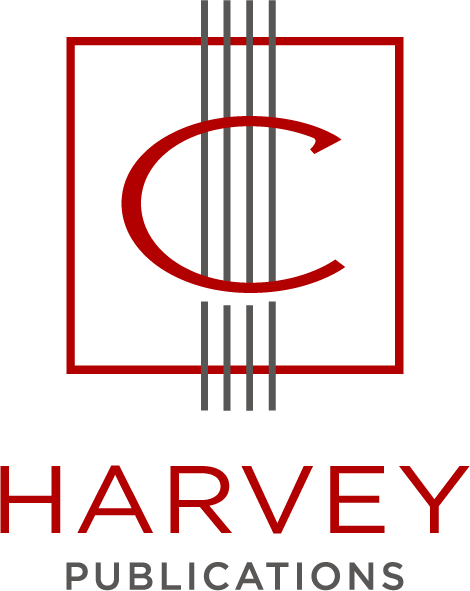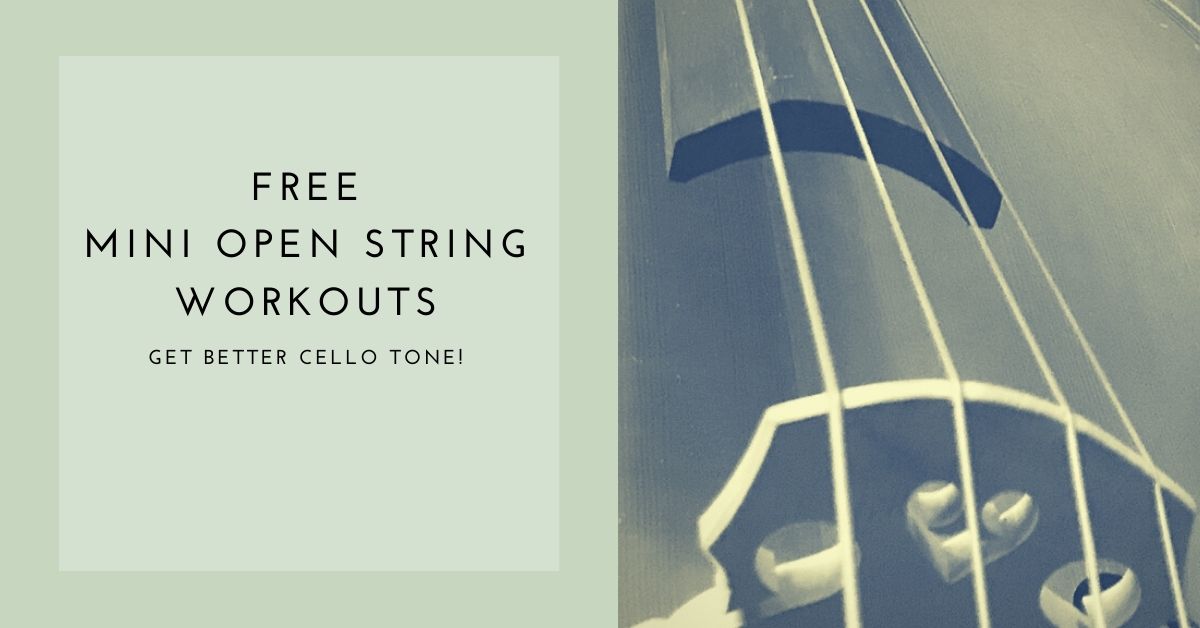How This Series Got Started
This past year Theresa Villani, a wonderful cellist and cello teacher, wrote and asked if I had any exercises for bowing on open strings for one of her students. I had a few pages of an incomplete book, which I was happy to share. She wrote right back and said “Please make a book out of these!”
Over the next few months, in between writing other books, I got to add to the existing material and put all the exercises in order. Eventually, we had a book!

After I had written about half of the book, I sat down play through it, rather reluctantly. It seemed almost a waste of time to sit and play through so many pages of just plain open strings.
But then I made some discoveries and found myself really excited about open strings!
1. Playing Open Strings Really Well is Challenging!
They look easy (at least at the beginning of the book) but this is deceptive. Because the sound is so exposed, I found myself getting super picky with the sound I was producing. This in turn led me to work on fluidity in bow changes, relaxed wrist and fingers, and getting the string vibrating with the least possible motion from my hand.
2. Playing open string bow studies is a great way to isolate the bow.
This is true especially when you are struggling with note-reading. I have a student who started lessons a few months ago and was unable to adapt to note-reading. We started playing Open-String Bow Workouts, Book One and just a month later, he was reading all of his music much more easily.
3. Playing open string bow studies can help cellists at every level.
I’ve used this book with a student who had just started playing a few months earlier and also with some of my intermediate and very advanced students. It helped them all, in different ways.
The beginning students used the book to discover what the bow can do. The intermediate students used it to listen more and improve their tone. And the advanced students played the slow exercises very slow and the fast exercises very fast to expand the range of their bow technique.
4. Playing so many open string studies gave me an incredibly smooth bow motion!
When I started playing open string studies myself, I was skeptical; how much could it help? But the difference I heard in my playing and felt in my bow hand convinced me that open strings can be one of the most effective ways to practice bowing. And adding just one page a day to your studies can make a difference over time.
To celebrate the release of the new book of Open String Bow Workouts, we are offering this mini set of (all-new; not included in the book) cello open string studies for free! When you play these, focus on correct form and how you’re holding the bow. Keep the bow arm shoulder, wrist, and fingers as loose and relaxed as possible. The thumb should be gently balanced on the bow; never squeezing. Listen for the smoothest, most even sound during each note and keep the bow moving at the same speed while you change bows so there is no variation in sound.












I’m over half-way through this book (I’ve played 4 per day) and I love how it’s helping to overcome my bowing challenges. I’m in a quandary on which of your open string/string crossing books to use with my students. What do you recommend?
I’ve just started playing the cello at 43. Finger positions are still exceptionally daunting. Thank you for helping me get some confidence and to learn the new muscle memory.